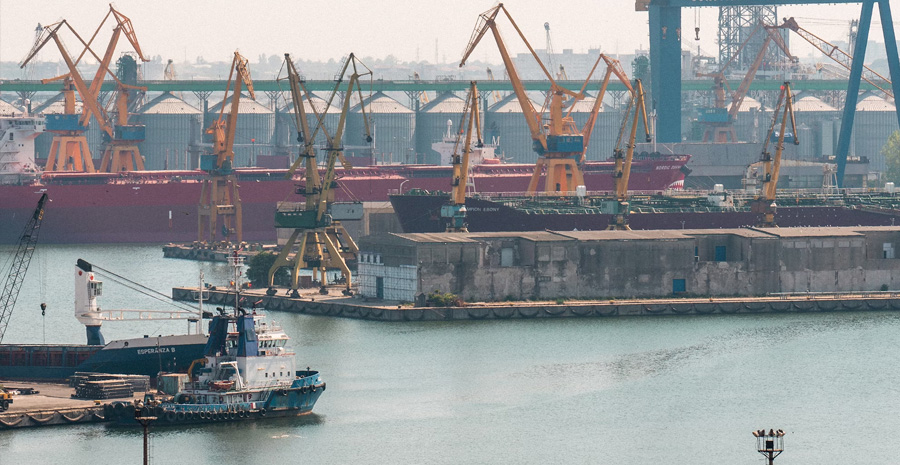In the early hours of October 2nd, dockworkers from ports along the U.S. East and Gulf Coasts went on strike. The strike stems from a contract dispute between the International Longshoremen’s Association and the United States Maritime Alliance. A key demand from the International Longshoremen’s Association centers around preventing the expansion of automation at the ports alongside higher wages and enhanced benefits. The union argues that increased automation could lead to significant job losses for dockworkers. By resisting automation, the union seeks to protect existing jobs and maintain human oversight in cargo handling. This demand has become a considerable point of contention in negotiations as port operators view automation as increasing efficiency. The outcome of this dispute will likely shape the future of labor and operations at major U.S. ports.
The labor union and U.S. Maritime Alliance reached a tentative agreement on October 3rd to extend the previous labor contract by 90 days. The goal is to avoid significant disruptions and bring both sides to the negotiating table. It appears like the two sides are close to an agreement about a substantial wage increase for the workers, leaving the questions regarding automation outstanding in negotiations.
JPMorgan estimates that if the strike resumes, it could cost the economy $3.8 to $4.5 billion per day, impacting around 45,000 workers directly and potentially another 100,000 jobs indirectly. If the disruption comes before the holiday season, its impact will mostly be mitigated. West Coast ports, which handle more consumer and retail goods, especially home goods and apparel, are unaffected. Apparel primarily moves through West Coast ports due to proximity to Asian markets.
Before the strike, retailers took steps to minimize disruptions from the strike by bringing in products early, ensuring they could stock up ahead of potential delays. Typically, retailers have already stocked roughly 70% of holiday goods by the end of the third quarter. This strategy helps smooth out shipping rates and reduce the chance of holiday disruptions. Even if the strike resumes, we expect it will not be a protracted battle and result in minimal economic impact. While numerous newsworthy events could influence the markets as we approach year-end, we expect the dockworkers’ strike to pose only a temporary challenge to the economy, creating short-term, sector-specific volatility rather than widespread, lasting disruptions.
